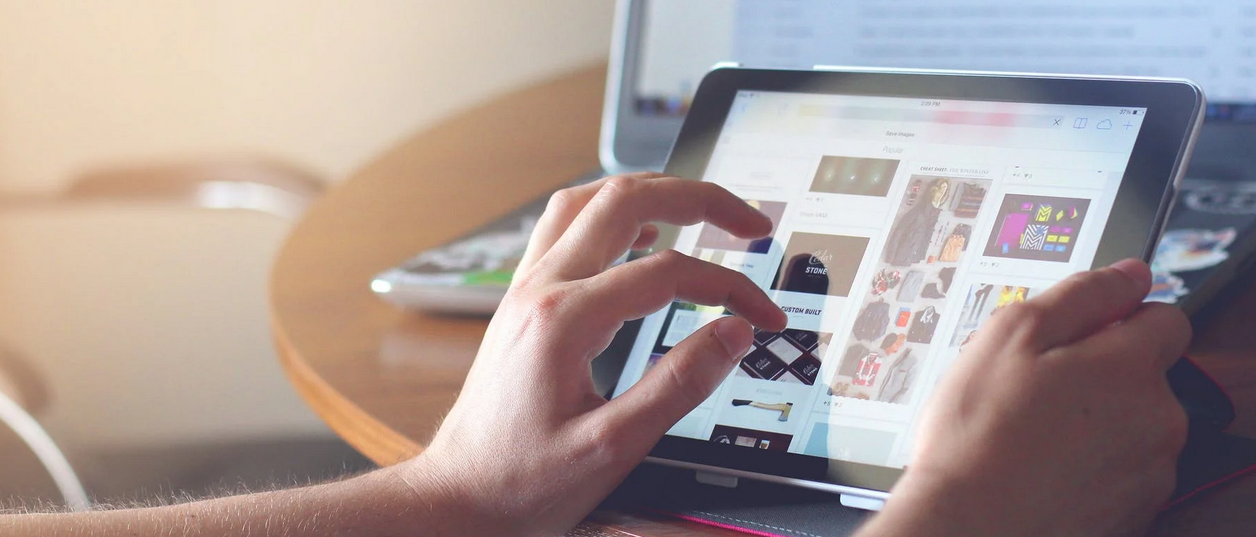
Commerce is growing increasingly electronic, and Ecommerce is becoming increasingly mobile. As more and more products and services become available with just a few taps on a smartphone, customers the world over are growing accustomed to the convenience of being able to order what they want, when they want, without needing to stand in a long checkout line or spend hours at a store. Knowing how to appeal to these mobiles users is vital for any successful ecommerce company. Some users are impatient, others are truly pressed for time, but whatever has brought them to you by way of their mobile device, you can bet they’re looking for a smooth, painless mobile experience. That means having a mobile optimized website, and part of that optimization certainly includes creating a quick and intuitive checkout process. You can do just that by implementing these four features.
Cart Editing
Just like shoppers in physical retailers, Ecommerce customers will often put items in their cart and then decide they no longer want them by the time they get to checkout. In a brick and mortar store, those customers can simply take the items out of their cart and put them back on the shelf, or tell the cashier not to ring them up.
Your mobile cart needs to provide a similarly hassle-free experience. If a customer decides not to buy everything in his or her cart, then it should only take a tap or two to delete the unwanted items. It should also be easy for customers to add or subtract the total quantity of any one item in their cart should they decide they want to do so.
Ecommerce customers can be fickle, and mobile ones are often pressed for time. Making it easy for them to edit the items in their cart will encourage them to buy some of what they added, should they get sticker shock or decided they simply don’t want all the products they clicked on.
Progress Bar
Even customers who aren’t really pressed for time can still be impatient. A progress bar will give them a visual indication of just how many steps they have to complete to checkout, and how close they are to finishing the purchasing process.
This can be especially useful if your checkout process occurs over multiple pages. Showing the customer that he or she is on page 2 of 4, for example, and labeling each step clearly can reassure the customer that he or she won’t be clicking through an infinite number of pages and filling out an undetermined number of forms just to buy something from you. It’s a useful visual queue that reassures customers they’re truly almost done with checkout.
Autofill
Autofill is a handy feature for forms of any kind, on any platform, but they’re especially useful for mobile ecommerce customers. It makes checkout simpler, and that’s doubly true for customer who have to type on a cramped touchscreen keyboard. Most smartphones and mobile browsers can now save common fields like email and address info, so spare your customers the hassle of typing it all
out manually.You should also consider limiting the total number of fields that can’t be filled by autofill. Any extraneous information that your customer has to read and think about is one more opportunity for the customer to rethink or lose interest in the purchase. If information isn’t strictly necessary, it’s probably not worth asking for here.
Mobile Optimized Fields
Remember, your users are on a relatively small, touch screen device. They can’t click with the precision of a mouse, or type with the speed of a physical keyboard.
You can optimize the checkout experience by making fields large enough for a finger to tap on, and pulling up the correct keyboard for each field (e.g. the text keyboard for the “Name” field, and the number keyboard for the “Zip Code” or “Phone Number” fields).Your whole mobile experience should be optimized, and little touches like this can save your customer precious time, leading to a more enjoyable experience and an increased likelihood that he or she complete the sale.
Ready to close more sales and grow your business? Ask Dotlogics to optimize your
ecommerce website!
Let's Get to Work.
Have an unsolvable problem or audacious idea?
